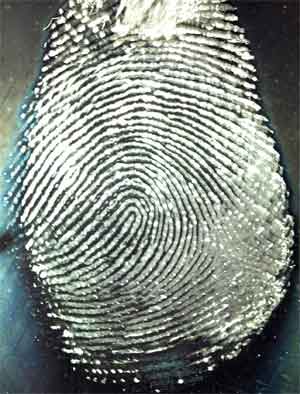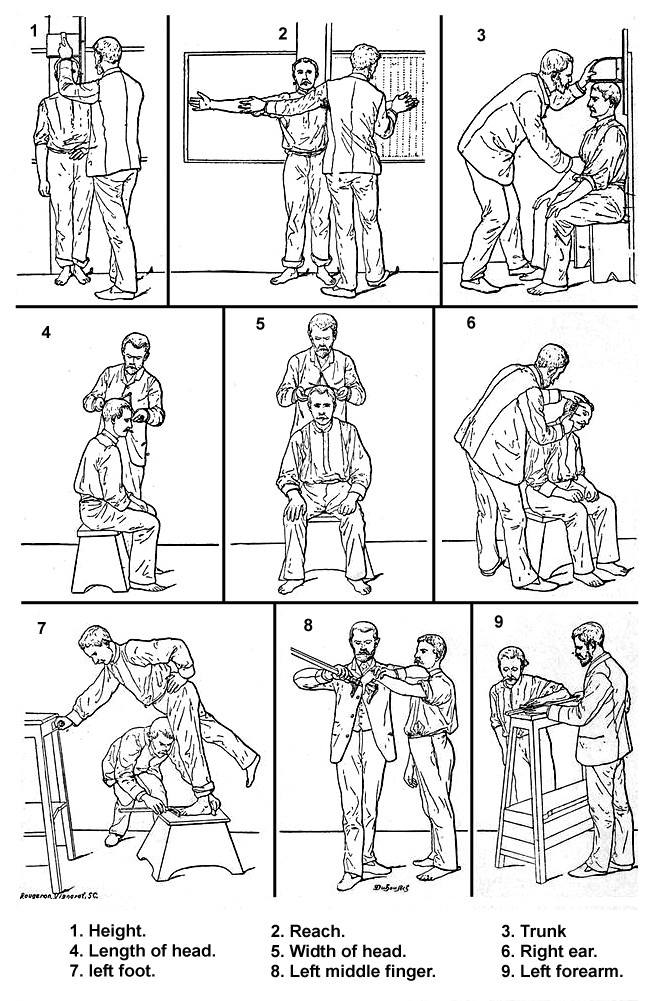 1.History of Handwriting
1.History of HandwritingThe first known cases of handwriting have been found in three different cultures, the Sumerian culture in 3000 BC, the Ancient Egyptians in 2800 BC, and the
Kanji Chinese in 1800 BC. All three cultures used simple pictures to covey ideas. Before this all knowledge was verbal and nothing had been written. As more pictures were used to mean different things (places, people, animals) pictures began being combined to represent new ideas (in Ancient Egypt, a man depicted with the head of a falcon is the God Horus). Around 1500 BC, the Ancient Egyptian picture writing (hieroglyphics) were simplified and became known as hieratic script. Hieratic script was replaced around 660 BC with Demotic script, which became the most commonly used.
Around 1500 BC the ancient Phoenician alphabet was developed. It consisted of 22 symbols and was commonly used. When the Roman Empire rose to power around 150BC it adapted the Phoenician alphabet and expanded it to 23 symbols. As the Roman Empire spread, so did its alphabet, reaching into Egypt, Northern Africa, England, and the Persian Gulf. Each culture then modified the alphabet into ways their cultures would use them.
2.Inaccuracy in Handwriting Analysis: Why do forensic investigators have trouble using handwriting analysis techniques?The problem with handwriting analysis is that the handwriting can easily be replicated by a forger. This causes trouble for forensic scientists since they won’t be able to tell the difference between a real note, and a forged one.
Drowsiness, drugs, and illness can all affect someone’s handwriting. All three can cause a person to bear down more on the paper and cause sloppy handwriting. This is also trouble for investigators because they may mistake the note for a fake.
3. Techniques or Indicators scientists use to identify handwriting or forgeries:
Twelve Factors of Handwriting Analysis:1. Line quality: Do the letters flow or are they written with very intent strokes?
2. Spacing of words and letters: What is the average space between words and letters?
3. Ratio of height, width, and size of letters: Are the letters consistent in height, width, and size?
4. Lifting pen: Does the author lift his or her pen to stop writing a word and start a new word?
5. Connecting strokes: How are the capital letters connected to lower-case letters?
6. Strokes to begin and end: Where does the letter begin and end on a page?
7. Unusual letter formation: Are there any letters written with unusual slants or angles? Are some letters printed rather than written in cursive?
8. Pen pressure: How much pen pressure is applied on upward and downward strokes?
9. Slant: Do letters slant to the left or right? If slant is pronounced, a protractor may be used to determine the degree.
10. Baseline habits: Does the author write on the line or does the writing go above or below the line?
11. Fancy writing habits: Are there any unusual curls or loops or unique styles?
12. Placement of diacritics: How does the author cross the t’s or dot the i’s?
4. Pictures and analysis of your in-class handwriting forgery practice:For our first experiment we practiced our forgery skills.
First) We wrote ransom notes in class.
Second) The ransom notes were copied, free-handed, by another student.
Third) Our copy of the note was then traced by a third student.

For our next experiment we forged a check, for a man named Joseph John Doe, then tore it

up into pieces. We swapped checks then attempted to re-
assemble them. Then we went
around the classroom, looked at each others handwriting, and guess who's checks we had.
 1. Outline the Major Types of Blood:
1. Outline the Major Types of Blood:
.bmp)

.bmp)
.bmp)
.bmp)
.bmp)
.bmp)









